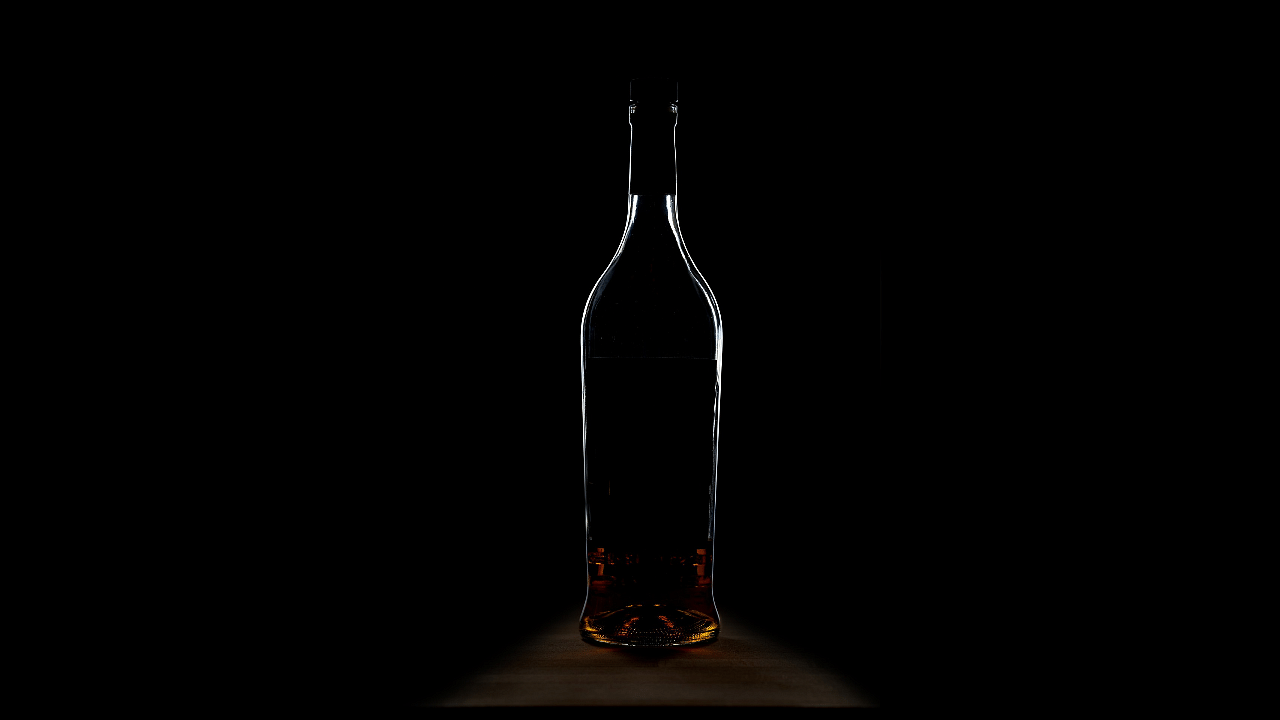
Representative image of whiskey.
Credit: Pixabay
By Brad Japhe
At the prestigious World Whiskies Awards in March, the top prize for best single malt didn’t go to Ardbeg or Glenlivet or Glenmorangie. The judges instead crowned a sherry-casked expression from M&H Distillery in Tel Aviv. Its maturation in the arid desert climate helps focus robust red-fruit flavors, notes that might not emerge in the brisk and breezy Scottish Highlands.
The overwhelming majority of whisky comes from just five countries: Scotland, Canada, Ireland, Japan and the US. But notable alternatives are cropping up with increasing regularity. They’ve come to be known as New World whiskies, a term its crafters wear with pride. “New World whisky represents the spirit of innovation and the breaking of boundaries,” says Ali Reynolds, global brand ambassador for Stauning Whisky, a distillery in Skjern, Denmark. “It allows producers outside of the classic regions to showcase their unique terroirs, traditions and techniques.”
They are doing so to greater critical acclaim. At last year’s New York World Wine & Spirits Competition, a panel of professionals named Don Michael Black Whisky, from Peru, as Best in Show across all styles. Although it’s produced with a bourbonlike mash bill, relying predominantly on corn, the centerpiece grain is a high-altitude black maize sourced from the foothills of the Andes and has notes of roasted coffee.
Because the bulk of a whisky’s identity develops in the cask, storing it in a tropical climate can give it a unique fingerprint. Bottles from critical darling Paul John, in Goa, India, and Kavalan Distillery, in Taiwan, acquire a tannic richness after just a few years resting in oak.
In the process, their distillers are rewriting the rules for how whisky should be made. “New World whisky excites me, because it is not bound to any restrictions like Old World whisky,” says Panji Wisrawan, head mixologist at the Viceroy Bali’s Apéritif Restaurant & Bar, where the menu breaks down the 100-bottle whisky list by grain and country of origin. “Its producers are able to express their own style and experiment with unique ways of whisky making.”
They’re even winning fans in the American heartland. In Ames, Iowa, bartender Darian Everding—a level-2-certified specialist from the Council of Whisky Masters—raves about these unique perspectives. “We’re seeing new ideas helping to push the image of what constitutes whisky,” she says. “The more producers we have from around the globe, the more diverse and colorful our whisky landscape is.”
Here are five to know.
Kavalan Oloroso Sherry Cask
With its soulful mahogany shine and velvety 92-proof body, this Taiwanese single malt is easy on the eyes and the palate. An almond-backed nuttiness balances out sweeter elements of dried dates and sultanas. In the finish are robust leather and tobacco leaf—hallmarks of sherry cask maturation.
M&H Elements Sherry Cask
The world’s best single malt, according to the World Whiskies Awards, is all about berry fruit in the nose and dark chocolate on the tongue. Its complexity comes primarily from the cooperage: It’s stored in sherry-seasoned casks for one year in Andalusia, Spain, then shipped to Israel for several more years of desert-dry aging.
Paul John Oloroso Select Cask
This 96-proof spice bomb is distilled in southern India using 100% malted barley. It spends five years maturing in ex-American oak, along the muggy Goan coast, before a two-year finish in Oloroso butts. The result is a ruby-red liquid, somewhat buttery, with flavors of clove and dark-roast coffee.
Don Michael Black Single Barrel
This standout mines its distinctiveness from the soaring altitude of the Peruvian Andes. Its mash bill features 60% black corn—an ancient varietal native to the region. Cardamom and toasted corn are in the nose, but the palate is dominated by an essence of smoky barbecue.
Stauning Rye Whisky
Danish grain imparts a wholly unique take on rye. After being floor-malted on site, the distillate is brought to a boil in open-fired stills. It then rests for several years in new American oak barrels. There’s a breadiness in the finished product’s bouquet and a complex menthol and mocha tonality in its taste.